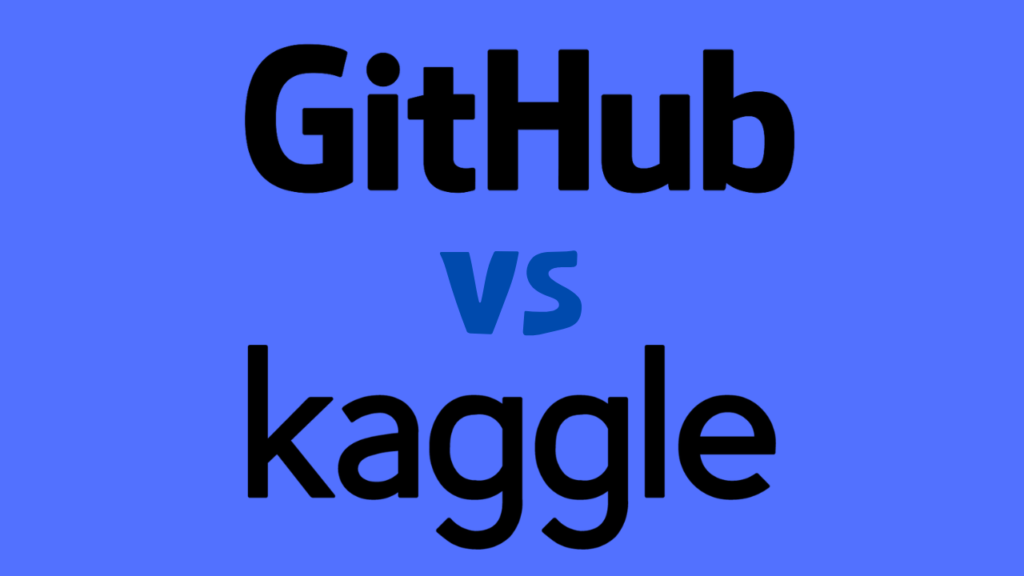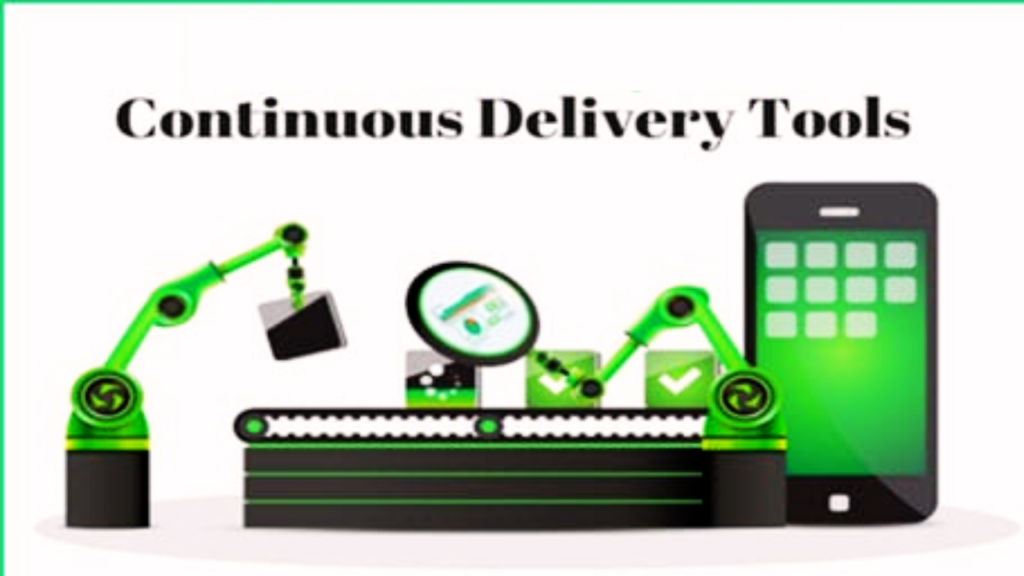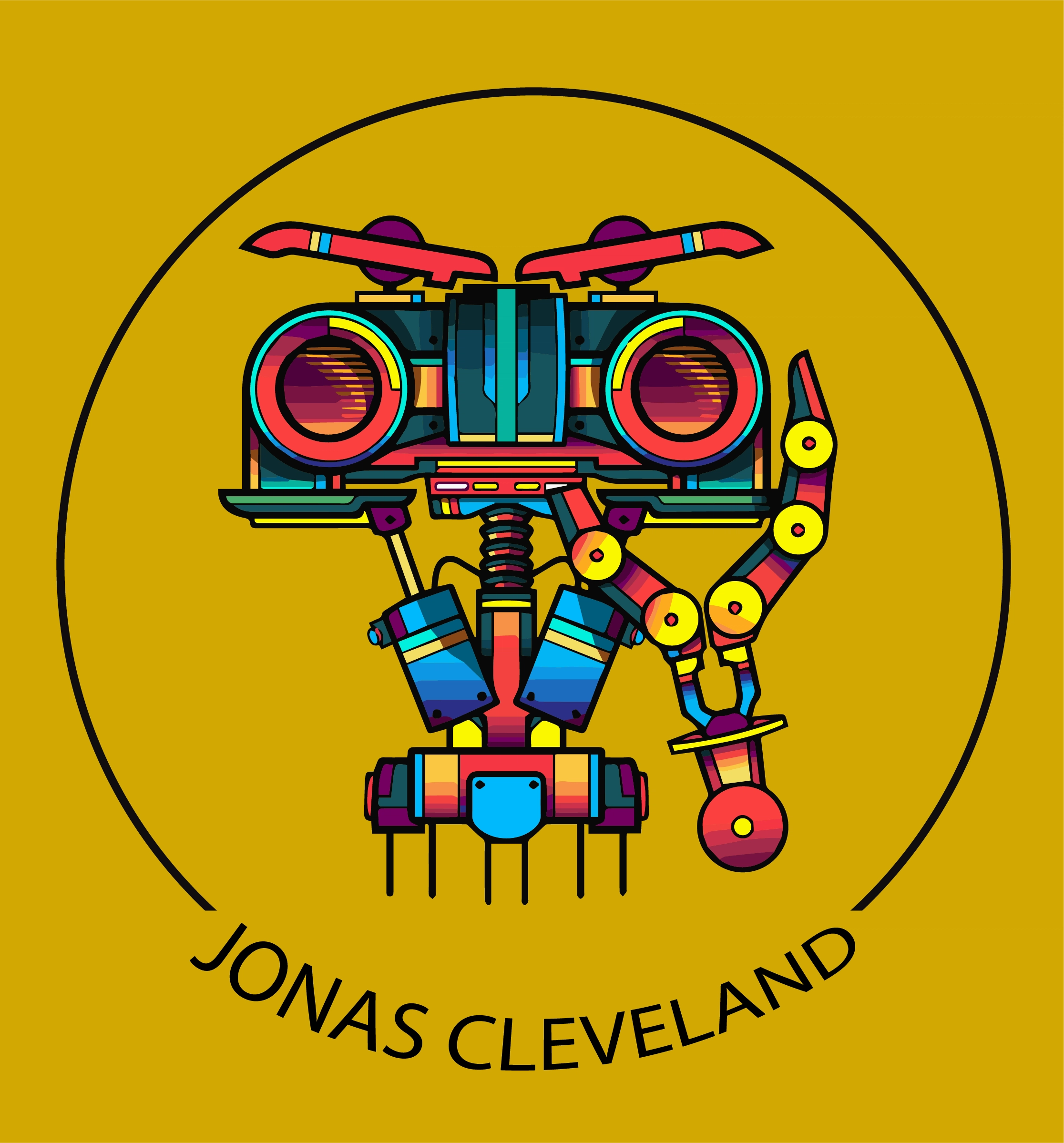Kaggle vs GitHub: Choosing the Right Platform

Are you an aspiring data scientist or computer science enthusiast looking to showcase your skills and build a portfolio? If so, you may have heard of Kaggle and GitHub, two popular platforms for hosting and sharing code. While both platforms offer unique benefits, they differ in their focus and features. In this blog post, we will compare Kaggle and GitHub to help you determine which platform is best for your needs. Whether you are interested in data science competitions, collaborative coding, or building a personal brand, we will explore the pros and cons of each platform to help you make an informed decision. So, let’s dive in and explore the world of Kaggle vs GitHub! Understanding Kaggle Platform Overview: Kaggle is a platform that focuses on data science and machine learning. It is a community-driven platform that provides a hub for data science competitions, datasets, and collaborative projects. Kaggle offers a variety of datasets that can be used for practice and analysis, as well as competitions that allow data scientists to solve real-world problems and compete for cash prizes and recognition. Data Science Competitions: Kaggle competitions are a key feature of the platform, providing data scientists with the opportunity to solve real-world problems and compete for cash prizes and recognition. These competitions are designed to tackle a wide range of challenges, from predicting customer churn to identifying fraudulent transactions. Participants are given access to a dataset and a problem statement and are tasked with developing a model that can accurately predict the outcome of interest. The models are then evaluated on a test dataset, and the participant with the highest score is declared the winner. Datasets and Learning: Kaggle provides a repository of diverse datasets that can be used for practice and analysis. These datasets cover a wide range of topics, from healthcare to finance to social media, and are often sourced from real-world applications. The datasets are available for free and can be downloaded in a variety of formats, including CSV, JSON, and SQL. These datasets are valuable for learning and skill development in several ways. Kernels and Collaboration: Kaggle kernels are interactive notebooks that allow users to share their data analyses and machine-learning models with the community. These kernels are hosted on the Kaggle platform and can be accessed by anyone with an account. Users can create kernels using a variety of programming languages, including Python and R, and can include text, code, and visualizations. One of the key benefits of Kaggle kernels is the collaborative environment they provide. Users can learn from each other’s work, share tips and tricks, and provide feedback on each other’s analyses. Exploring GitHub Version Control and Collaboration: GitHub is a platform primarily used for version control and collaborative software development. It allows developers to track changes to their codebase over time, collaborate with other developers, and manage different versions of their code. GitHub uses Git, a distributed version control system, to track changes to code. Git allows developers to create branches of their codebase, make changes to those branches, and merge those changes back into the main codebase. Repositories and Open Source: GitHub hosts repositories, or “repos,” for storing and managing code projects. A repository is a collection of files and folders that make up a project, along with information about the project’s history and changes over time. GitHub provides a range of tools for managing repositories, including version control, issue tracking, and collaboration tools. One of the key benefits of GitHub is its significance as a hub for open-source software development and contribution. Open-source software is software that is made available to the public for free, along with its source code. This allows anyone to view, modify, and distribute the software, as long as they follow certain guidelines and licenses. Issue Tracking and Project Management: GitHub provides a range of tools for issue tracking, bug reporting, and project management. These tools are designed to help developers collaborate more effectively and stay organized throughout the development process. One of the key tools provided by GitHub is the issue tracker. The issue tracker allows developers to report bugs, suggest new features, and track progress on different tasks. Issues can be assigned to specific team members, labeled with different tags, and prioritized based on their importance. Documentation and Knowledge Sharing: GitHub provides a range of tools for creating project documentation, wikis, and resources. These tools are designed to help developers share knowledge and provide context for their code projects. One of the key tools provided by GitHub is the README file. The README file is a text file that provides an overview of the project, including its purpose, features, and how to get started. This file is often the first thing that people see when they visit a project on GitHub, and it can help provide context and guidance for new contributors. Kaggle vs. Google Colab: Choosing the Right Platform for Data Science and Machine Learning Comparing and Choosing Use Cases: Kaggle is more suitable for data science competitions and data analysis. Kaggle is a platform that hosts data science competitions, where data scientists can compete against each other to solve complex problems and win prizes. Kaggle also provides a range of datasets and tools for data analysis, making it a great platform for exploring and analyzing data. On the other hand, GitHub shines in software development and collaboration. GitHub is a platform for hosting and managing code repositories, making it a great platform for software development projects. GitHub also provides a range of tools for collaboration, such as issue tracking, pull requests, and code reviews, making it easy for developers to work together on projects. Integration Possibilities: Data science and machine learning projects might involve both platforms, such as using GitHub for code management and Kaggle for sharing analysis. For example, a data science project might involve using GitHub to manage the codebase and version control, while using Kaggle to share analysis and visualizations with the community. This can help accelerate the
API’s For Dummies – Your Ultimate Guide for 2023!

Whether you’re a business owner, developer, or IT professional, understanding APIs is essential for staying competitive and meeting the needs of your customers. In this book, you’ll learn everything you need to know about APIs, from their history and evolution to best practices for design, security, and management. So, whether you’re new to APIs or looking to expand your knowledge, this Api’s for Dummies guide is the perfect resource for unlocking the power of APIs and taking your business to the next level. What Exactly is an API? An API, or Application Programming Interface, is a set of protocols, routines, and tools for building software applications. APIs allow different software applications to communicate with each other and share data. They provide a way for developers to access the functionality of an existing software application or service, without having to build that functionality from scratch. APIs are used in a wide range of applications, from mobile apps to web applications to IoT devices. They are often used to integrate different software systems, allowing them to work together seamlessly. APIs can be used to retrieve data from a database, perform calculations, or execute other functions. Further, apis are typically designed to be easy to use and well-documented, so that developers can quickly and easily integrate them into their own applications. They are often provided by third-party companies or services and may be available for free or for a fee. How Does an API Work? APIs work by providing a set of protocols, routines, and tools that allow different software applications to communicate with each other and share data. When a developer wants to use an API, they typically start by reading the API documentation to understand how it works and what functionality it provides. The documentation will typically include information on how to authenticate with the API, how to make requests, and how to handle responses. To use the API, the developer will typically write code that makes requests to the API using HTTP or HTTPS. The request will typically include information about the data that the developer wants to retrieve or the action that they want to perform. The API will then process the request and return a response, typically in the form of JSON or XML data. The response will include the requested data or information about whether the requested action was successful. API’s For Dummies – Some Use Cases Here are some use cases of APIs: 1: Mobile App Development: APIs are commonly used in mobile app development to integrate different services and data sources into the app. For example, a weather app might use an API to retrieve weather data from a third-party service. 2. E-commerce: APIs are used extensively in e-commerce to integrate different systems and services. For example, an online retailer might use an API to integrate their website with a payment gateway or a shipping service. 3. Social Media: APIs are used extensively in social media to allow developers to build applications that interact with social media platforms. For example, a developer might use the Twitter API to build an app that allows users to post tweets or retrieve tweets from their timelines. 4. Internet of Things (IoT): APIs are used in IoT to allow different devices to communicate with each other and share data. For example, a smart home system might use APIs to allow different devices to communicate with each other and with a central hub. 5. Data Integration: APIs are used extensively in data integration to allow different systems to share data with each other. For example, an enterprise might use APIs to integrate data from different departments or systems into a central data warehouse. Serverless Vs Containers – Which One to Choose and Why? Different Types of API’s There are several different types of APIs, including: 1: Open APIs: Also known as public APIs, these APIs are available to developers and other users with minimal restrictions. They are often used to allow third-party developers to build applications that integrate with a particular service or platform. 2. Internal APIs: Also known as private APIs, these APIs are used within an organization to allow different teams or systems to communicate with each other. They are not available to external developers or users. 3. Partner APIs: These APIs are designed for use by specific partners or customers of a particular service or platform. They are often used to provide access to premium features or data. 4. Composite APIs: These APIs are built by combining multiple APIs into a single interface. They are often used to simplify the process of integrating multiple services or platforms. 5. REST APIs: REST (Representational State Transfer) APIs are a type of web API that uses HTTP requests to retrieve or manipulate data. They are widely used in web and mobile applications. 6. SOAP APIs: SOAP (Simple Object Access Protocol) APIs are a type of web API that uses XML to exchange data. They are often used in enterprise applications. Final Thoughts! So, from mobile app development to e-commerce and IoT, APIs are used in a wide range of applications and industries. This book provides a comprehensive guide to understanding APIs, including their history, evolution, and different types. It also covers best practices for API design, security, and management, as well as tips for building effective API technology platforms. Whether you’re an API provider or consumer, this book is an essential resource for making smart business and IT decisions. So, dive in and discover the power of APIs for your business! Computer Vision in Production: An Ultimate Guide!
Continuous Delivery Tools: The Key to Modern Software Development

In today’s fast-paced world, software development has become a critical component of many businesses. With the increasing demand for software, it has become essential to deliver high-quality software quickly and efficiently. This is where Continuous Delivery (CD) comes in. CD is a software development practice that enables teams to deliver software frequently and reliably. In this article, we will explore the importance of CD in modern software development, the key principles of CD, and the common Continuous Delivery tools used in the industry. What Exactly is Continuous Delivery (CD)? Continuous Delivery is a software development practice that enables teams to deliver software frequently and reliably. It involves automating the software delivery process, from building the code to deploying it to production. Importance of CD in Modern Software Development CD is essential in modern software development because it enables teams to deliver software quickly and efficiently. It reduces the time between writing code and deploying it to production, which means that businesses can respond to market changes faster. The CD also reduces the risk of errors and bugs in the software, as it involves automated testing and quality assurance. Role of Continuous Delivery Tools Continuous Delivery tools play a crucial role in enabling teams to implement CD. These tools automate the software delivery process, from building the code to deploying it to production. They also facilitate collaboration between team members and provide visibility into the software delivery process. Key Principles of Continuous Delivery Automation 1. Why automation is crucial in CD? Automation is crucial in CD because it enables teams to deliver software quickly and efficiently. It reduces the time and effort required to build, test, and deploy software. Automation also reduces the risk of errors and bugs in the software, as it involves automated testing and quality assurance. 2. How do CD tools facilitate automation? CD tools facilitate automation by providing a platform for teams to automate the software delivery process. These tools automate tasks such as building the code, running tests, and deploying the software to production. They also provide visibility into the software delivery process, enabling teams to identify and fix issues quickly. Importance of cross-functional collaboration Cross-functional collaboration is essential in CD because it enables teams to work together to deliver software quickly and efficiently. It involves collaboration between developers, testers, and operations teams. Cross-functional collaboration also ensures that everyone is working towards the same goal, which is to deliver high-quality software. Continuous Delivery Tools for Enhancing Collaboration CD tools enhance collaboration by providing a platform for teams to work together and share information. These tools enable teams to collaborate on code, track changes, and share feedback. They also provide visibility into the software delivery process, enabling teams to identify and fix issues quickly. Common Continuous Delivery Tools 1. Explanation of build automation in CD Build automation is the process of automating the build process, from compiling the code to creating executable files. It is a critical component of CD because it enables teams to build and test software quickly and efficiently. Examples of Tools (e.g., Jenkins, Travis CI) Jenkins and Travis CI are two popular build automation tools used in the industry. Jenkins is an open-source automation server that enables teams to automate the software delivery process. It provides a platform for teams to build, test, and deploy software. Travis CI is a cloud-based continuous integration and deployment platform that enables teams to build and test software quickly and efficiently. 2. Role of Deployment Automation in CD Deployment automation is the process of automating the deployment process, from deploying the code to production to configuring the environment. It is a critical component of CD because it enables teams to deploy software quickly and efficiently. Tools For Deployment Automation (e.g., Docker, Kubernetes) Docker and Kubernetes are two popular deployment automation tools used in the industry. Docker is a containerization platform that enables teams to package software into containers. These containers can then be deployed to any environment, making it easy to deploy software quickly and efficiently. Kubernetes is an open-source container orchestration platform that enables teams to automate the deployment, scaling, and management of containerized applications. Conclusion: In conclusion, Continuous Delivery is a critical component of modern software development. It enables teams to deliver software quickly and efficiently, reducing the time between writing code and deploying it to production. CD tools play a crucial role in enabling teams to implement CD, facilitating automation and collaboration. Build automation and deployment automation are two critical components of CD, and tools such as Jenkins, Travis CI, Docker, and Kubernetes are commonly used in the industry. By implementing CD and using CD tools, teams can deliver high-quality software quickly and efficiently, enabling businesses to respond to market changes faster. Datacamp vs Codecademy: Which Platform is Right for You
